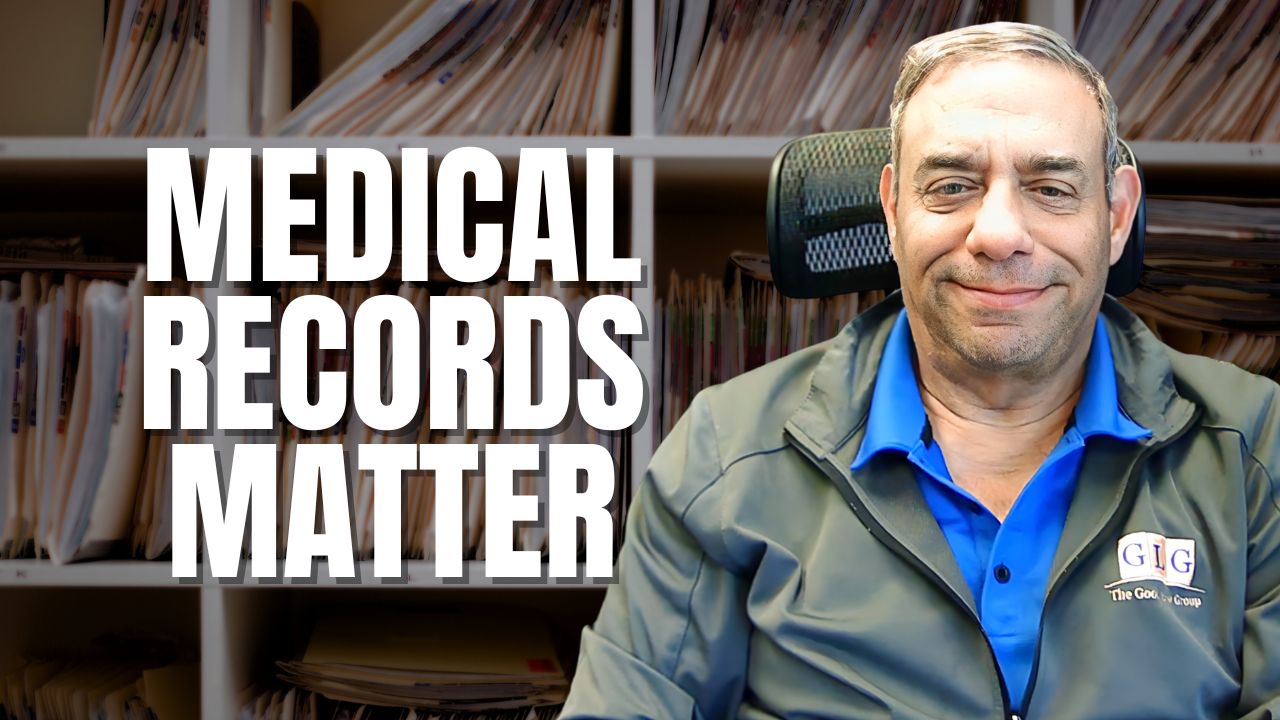The Social Security Administration (SSA) routinely conducts continuing disability reviews (CDRs) on recipients of social security disability benefits. The purpose of the CDR is to determine whether you are still eligible for benefits. How frequently your case will be subject to CDRs depends on the nature and severity of your disability, along with the likelihood of improvement, although certain situations – such as a return to work or an improvement in your medical condition – could trigger an earlier review.
When you receive a notice that the SSA will conduct a CDR, don’t panic; it doesn’t necessarily mean that your benefits are in danger of ending. In fact, far from it – more than 90% of applicants who undergo a CDR are approved for continued benefits. Having a basic understanding of how CDRs work, and what information you will be expected to provide, can help increase those odds. For more information watch our short video.
Frequency of Continuing Disability Reviews
Once you are approved for benefits, your case will be placed in one of three categories, based on how likely the SSA expects your medical condition to improve; the SSA will notify you which category your case was placed in when it sends out the notice of award. Those categories determine the frequency of your CDRs. These categories are:
- Medical Improvement Expected (MIE): Once every 6 to 18 months
- Medical Improvement Possible (MIP): Once every three years
- Medical Improvement Not Expected (MINE): Once every seven, but no more once every five, years
Completing the Continuing Disability Review Forms
The SSA has the burden of proving that you are no longer disabled. To make that determination, it will request and review updated medical information. The SSA can only discontinue benefits if the review finds that:
- The severity of your disability has significantly decreased, in relation to your ability to work, or;
- The claims examiner or a vocational specialist determines that you are capable of engaging in substantial gainful activity.
The SSA will mail you Form SSA-455, the Disability Update Report, when you are due for a CDR. The report usually requests information for the previous 24 months, but could be shorter – the SSA will tell you the exact time frame the report covers. The report asks for information regarding:
- Your work history and monthly earnings;
- Whether you have the ability to return to work;
- Any improvement regarding your medical condition, and;
- Whether you have been hospitalized or visited a doctor for any type of treatment, and the reason for such visits.
One note about Form 455: Be wary of section 2, which asks for a third-party reference who knows about your medical condition and can help with the review. If the SSA denies benefits following the review and you appeal, it is rare that the information provided by a third-party will help your case. If you can’t avoid putting down a name, you should only list a family member or a friend who you interact with daily. Why? A friend you see occasionally is likely to see you on your “good” days, so any information he provides will make it appear that your medical condition is better than it actually is.
The Disability Update Report must be completed and returned within 30 days of receipt, or you risk your benefits being terminated. The SSA must notify you within 90 days that your benefits will continue, or if you must submit to a full medical review; in the case of the latter, they will send you Form SSA-454, the Continuing Disability Review Report.
Form 454 is similar to the initial benefits application, in that it requests detailed information regarding your medical history, names of all treating physicians and hospitals, and updated medical records since the date of your last case review. The SSA will request these records from the physicians and hospitals, but you can speed up the process by submitting them with the report.
Although extensive, the form is straightforward. However, following these tips can help increase the already considerable odds that your benefits will be continued:
- When completing section 3 regarding your medical condition, list the condition or conditions that led to the finding of your disability first. Then list any medical conditions that have arisen since the last CDR (or when your application was approved if this is your first CDR)
- The same goes for completing section 4 regarding medical treatment. Start with the treatment associated with the underlying disability, followed by treatment for new medical conditions.
- When completing section 9, which asks you to describe your day and asks whether you have trouble with certain tasks, answer the questions in terms of your worst day. Be as detailed as possible when explaining any ‘Yes’ answers, using numbers to detail frequency as opposed to vague terms; for example, rather than stating, “I often have difficulty getting dressed,” write, “5 out of every 7 mornings, it takes me 20 minutes to put on undergarments, a shirt, pants, shoes, and socks.”
Although the CDR process can be scary and intimidating, remember – more than 90% of cases are approved for continued benefits. To help ease your worries, even more, our office can help you complete and submit your Form 454; you pay us a retainer, which we keep only if your benefits are continued.
How often do CDRs occur?
CDRs occur at different times depending on the age and medical condition affecting the benefit recipient.
Adult CDRs
CDRs for adults are generally set for review every three or seven years. Whether a CDR is scheduled sooner rather than later is dependent upon the likelihood that the recipient’s condition will improve. If the SSA expects a claimant’s condition to improve, it may conduct a CDR much sooner than three years. On the other hand, if the SSA knows a claimant to be disabled from a permanent condition, it may conduct a CDR of the recipient even later than seven years.
Child CDRs
CDRS for children are automatically scheduled to occur when the recipient turns 18 years old. The standards to be considered disabled as a child are very different than those for an adult. Thus, children must have their claims reviewed when they reach 18 years old because they need to be evaluated under the adult standards for disability benefits.
Triggered CDRs
Some CDRs can be triggered in addition to regularly scheduled CDRs. The SSA may conduct a CDR when:
- The recipient returns to work;
- The recipient lets the SSA know that his or her condition has improved;
- The recipient’s medical evidence indicates that his or her condition has improved;
- An outside party tells the SSA that the recipient is not following his or her required treatments;
- A new treatment is available to treat the recipient’s disabling condition
How hard is it to pass a CDR?
While CDRs are a hurdle for disability recipients to cross, it is generally much easier to pass a CDR than it is to be granted Social Security disability benefits in the first place. Recent studies by the SSA have found that Social Security disability benefits are continued after CDRs more than 95 percent of the time.
Generally, a recipient’s disability benefits will only be taken away if his or her medical condition has improved in a way that affects his or her ability to work, and if the recipient is capable of participating in substantial gainful activity.
In a CDR, the SSA relies heavily on the medical improvement review standard. Medical improvement means that the severity of the recipient’s impairment must have significantly lessened. This medical improvement must also be related to the recipient’s work. If the improvement has increased the recipient’s ability to perform work, the recipient may not need his or her disability benefits continued.
Having the ability to participate in substantial gainful activity means being able to earn at least $1,310 monthly from working (in 2021). Even if the SSA finds a recipient’s medical condition has improved as it relates to his or her ability to work, the recipient must be able to work at the SGA level before the SSA will terminate the recipient’s disability benefits.
What do I do if my benefits are discontinued?
If the SSA discontinues a recipient’s disability benefits after a CDR, a claimant can appeal the decision and request that his or her case be heard before an administrative law judge (ALJ). A claimant can also request that his or her disability benefits be continued in the interim until the case can be heard before the ALJ. However, if the ALJ later decides that the benefits should be discontinued, the claimant may have to repay the benefits they received while waiting for the hearing.
If your benefits are discontinued, we can file an appeal on your behalf. If the court upholds the denial, you pay nothing; if the court reinstates benefits, we receive 25% of your back pay.
Contact our office today at (847) 577-4476 to schedule an appointment to discuss your CDR.









